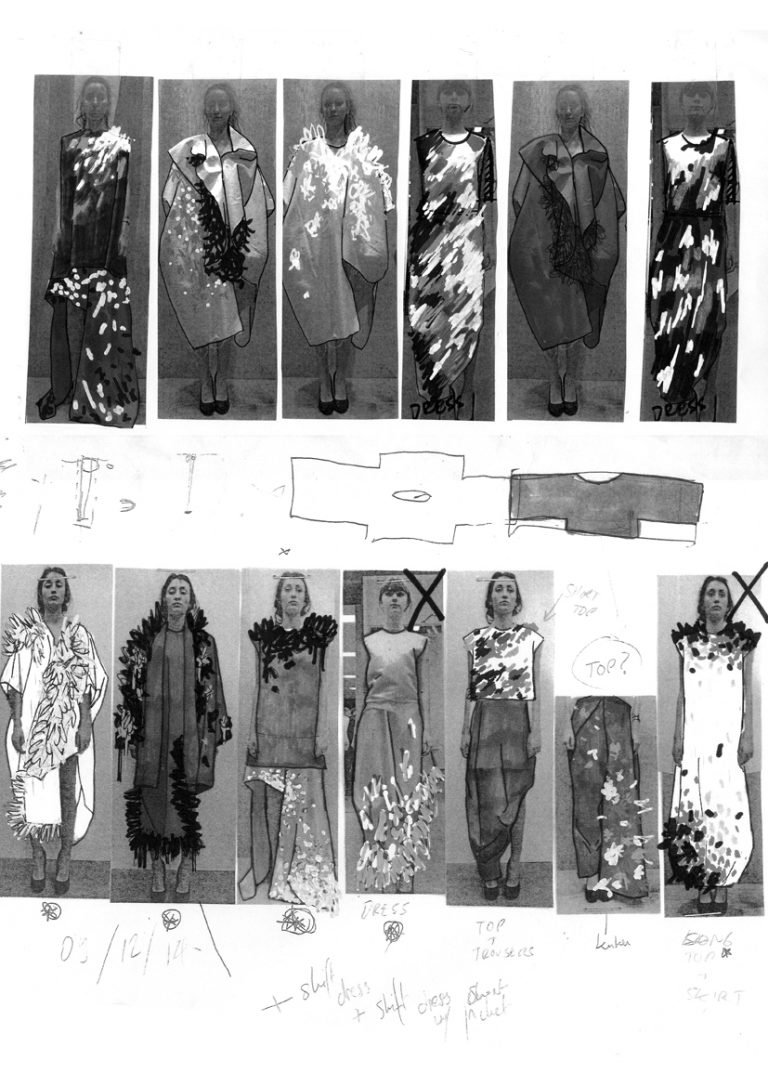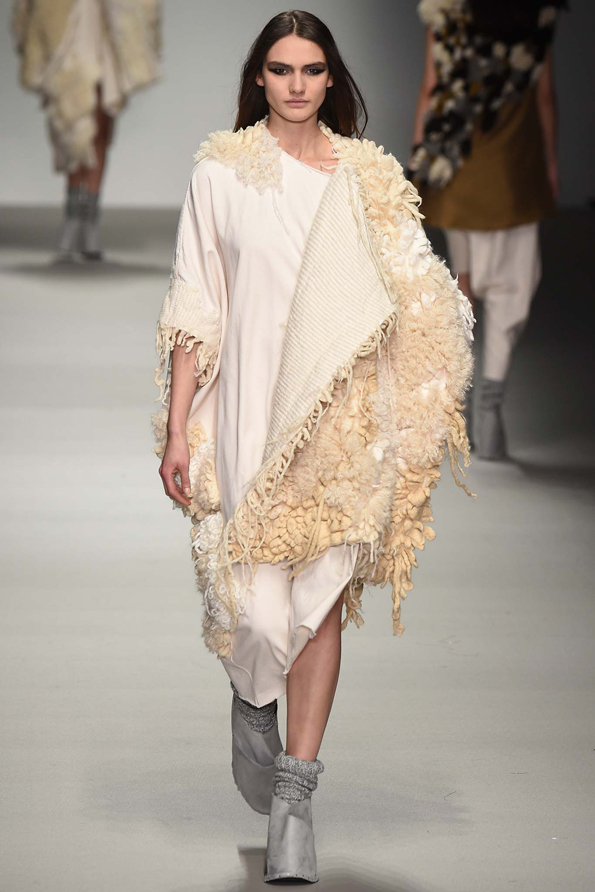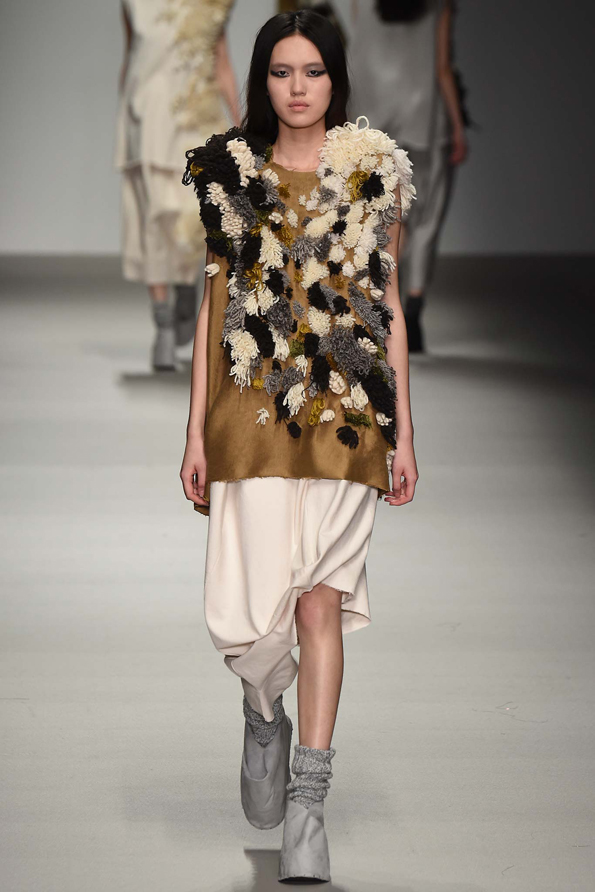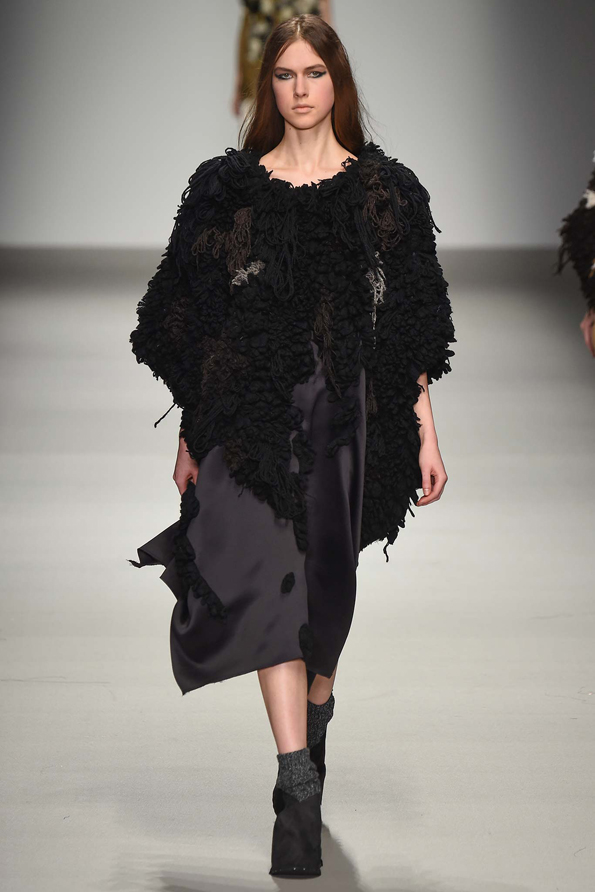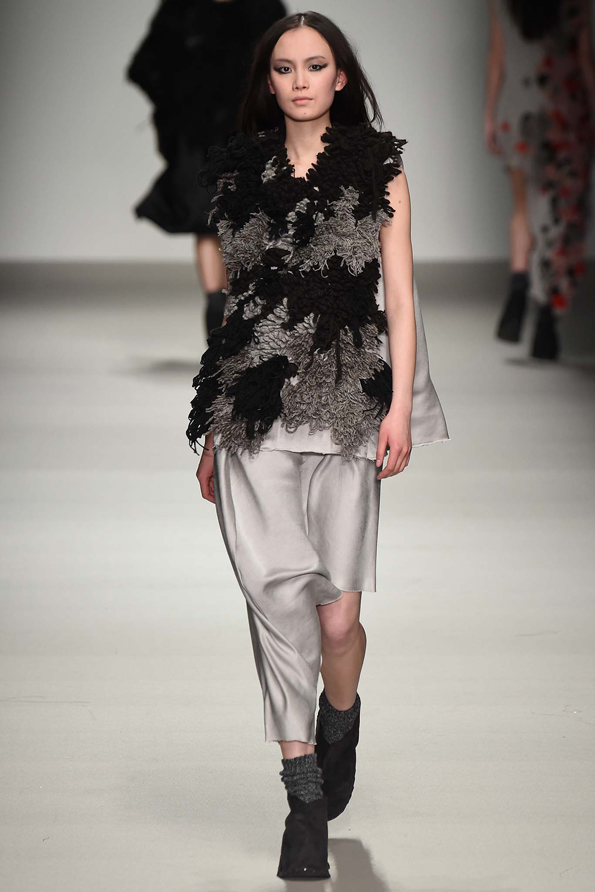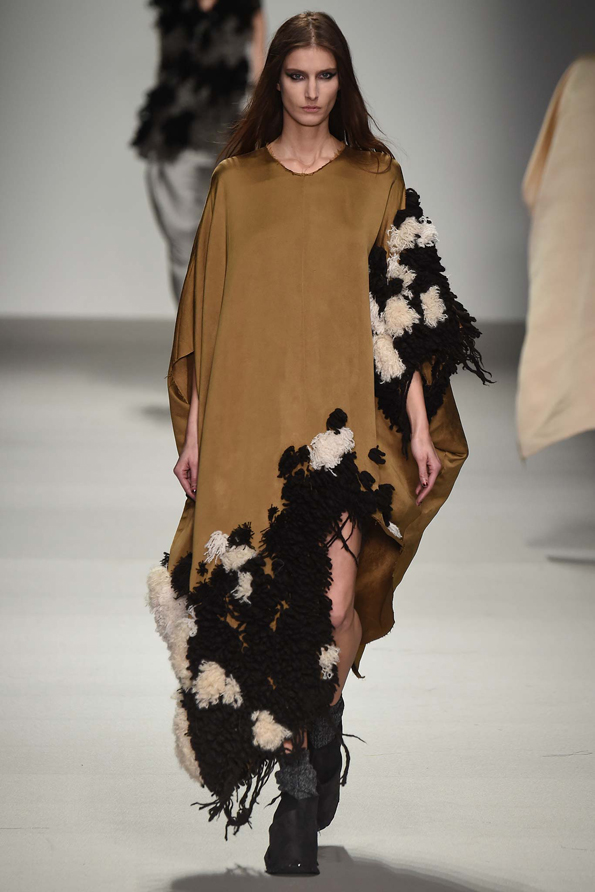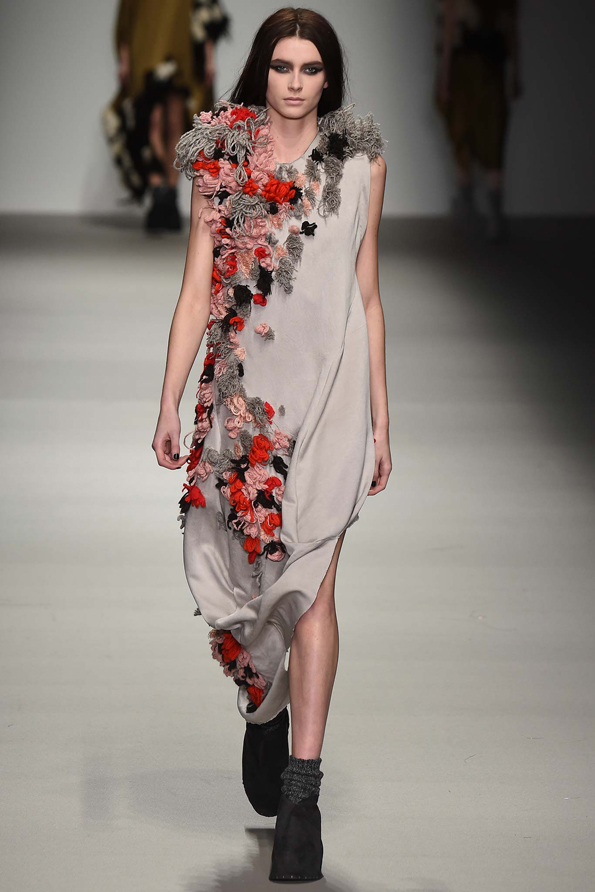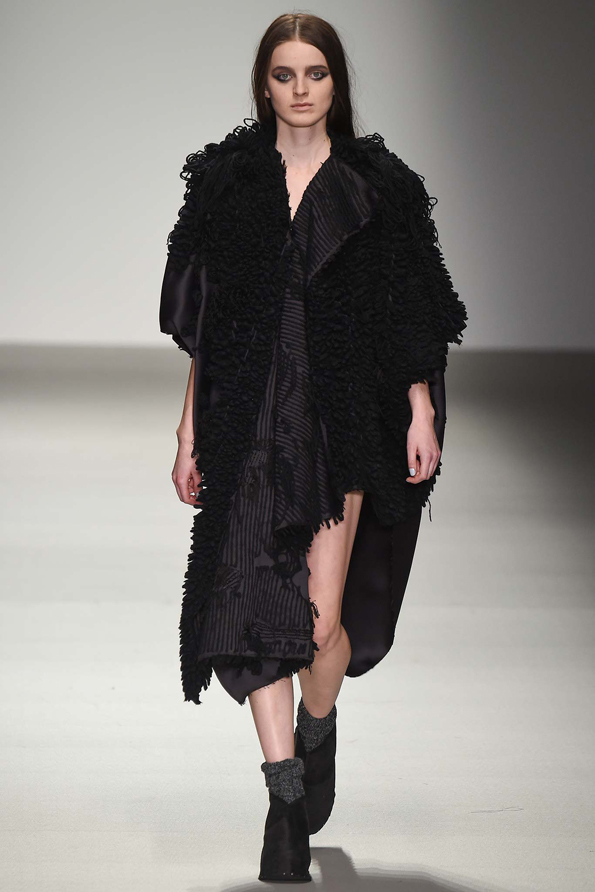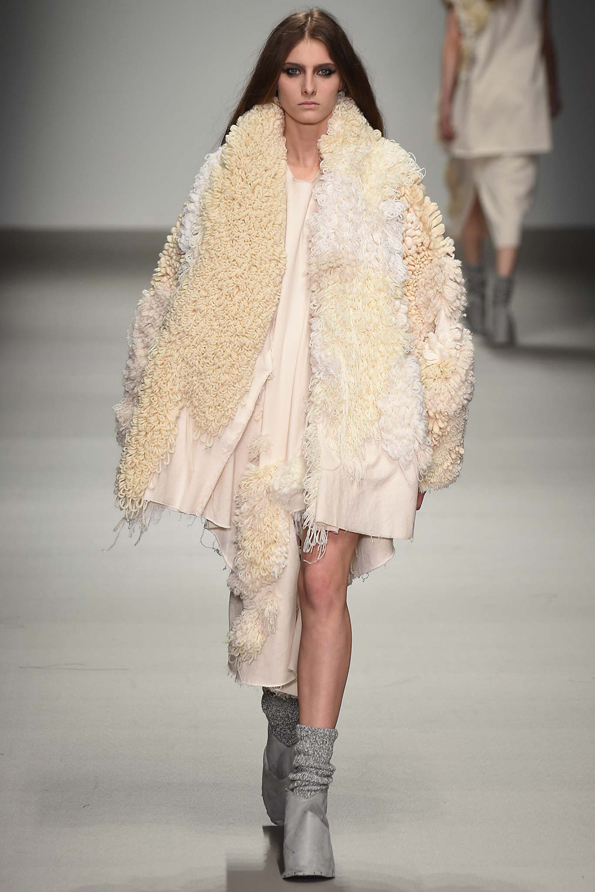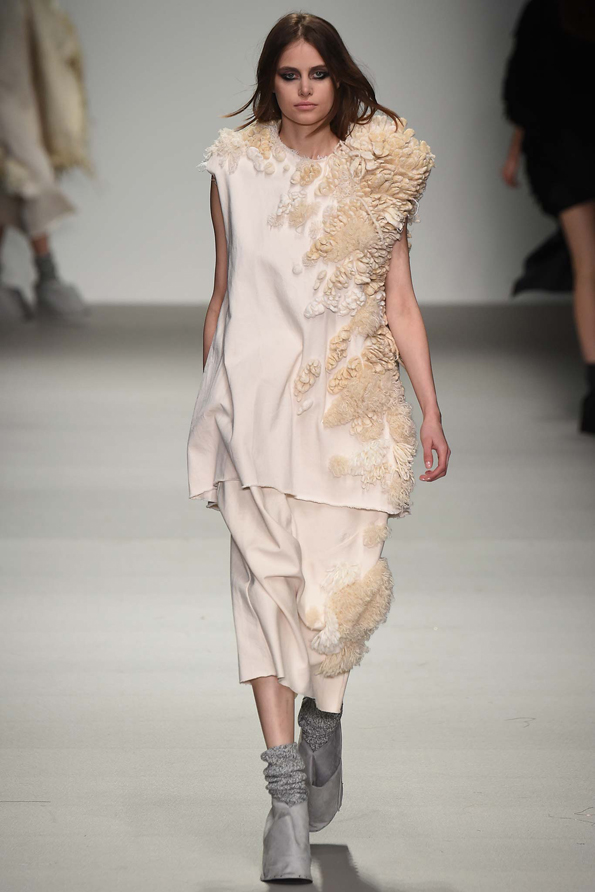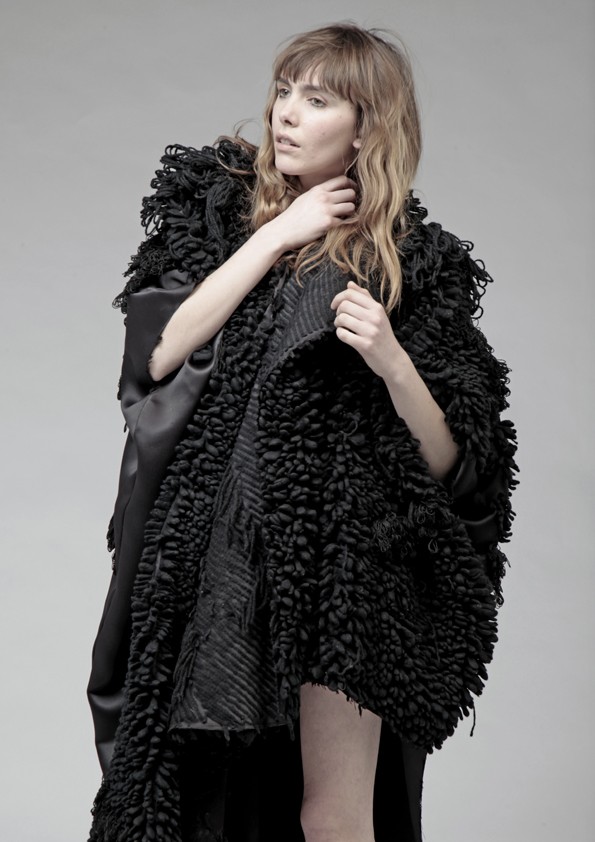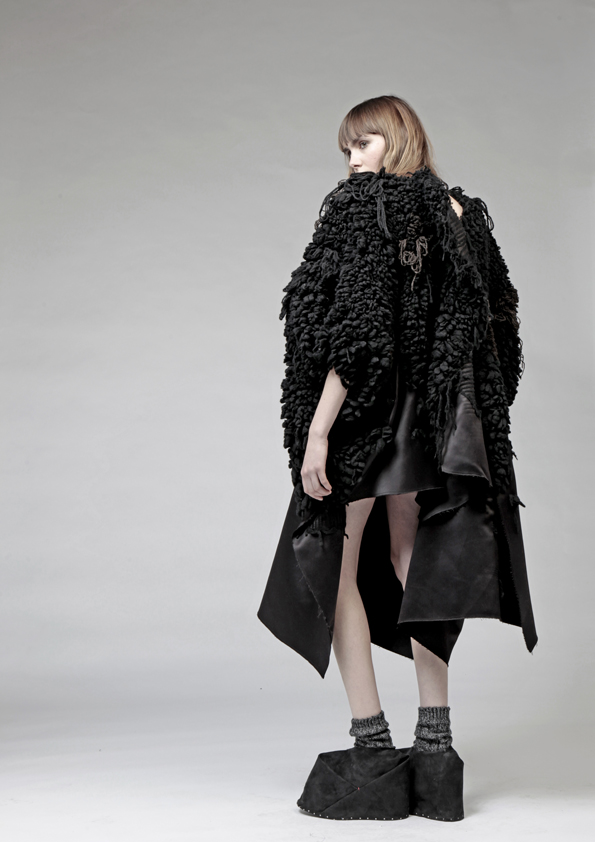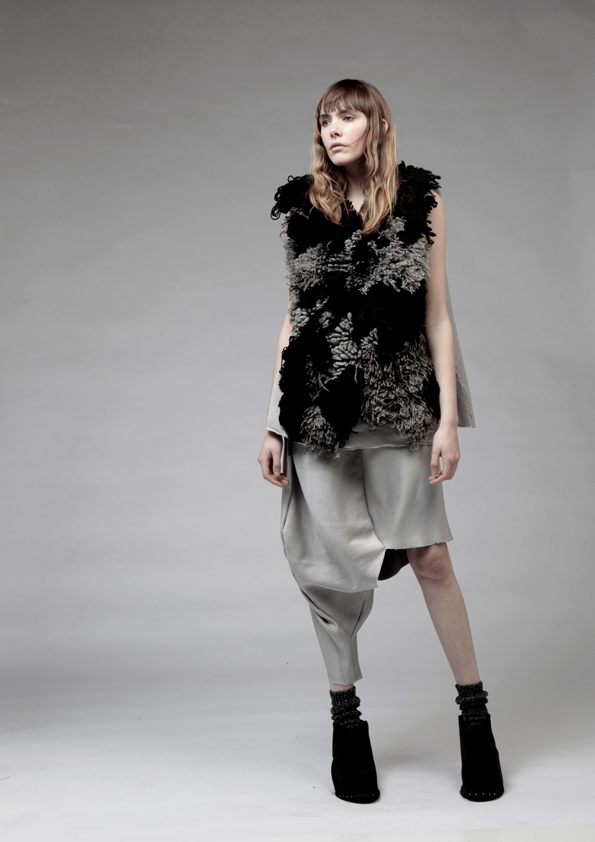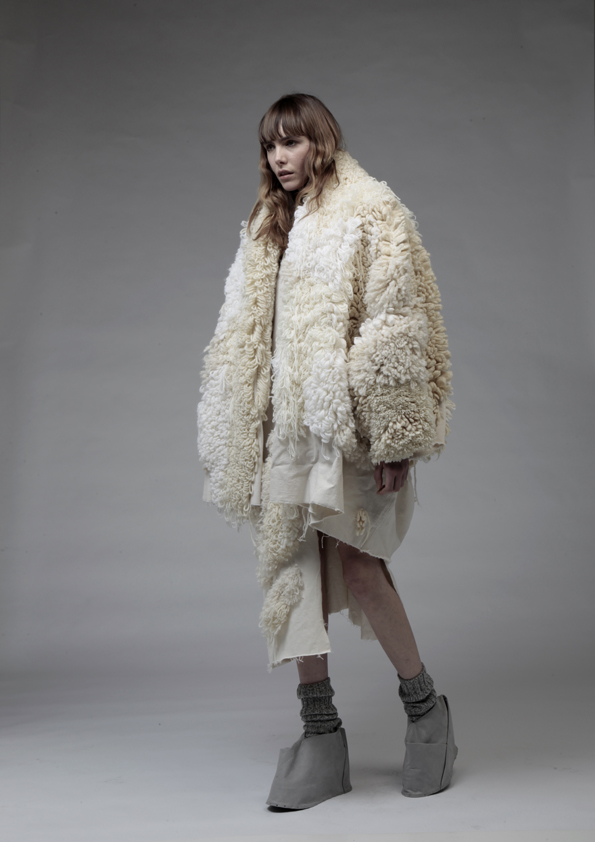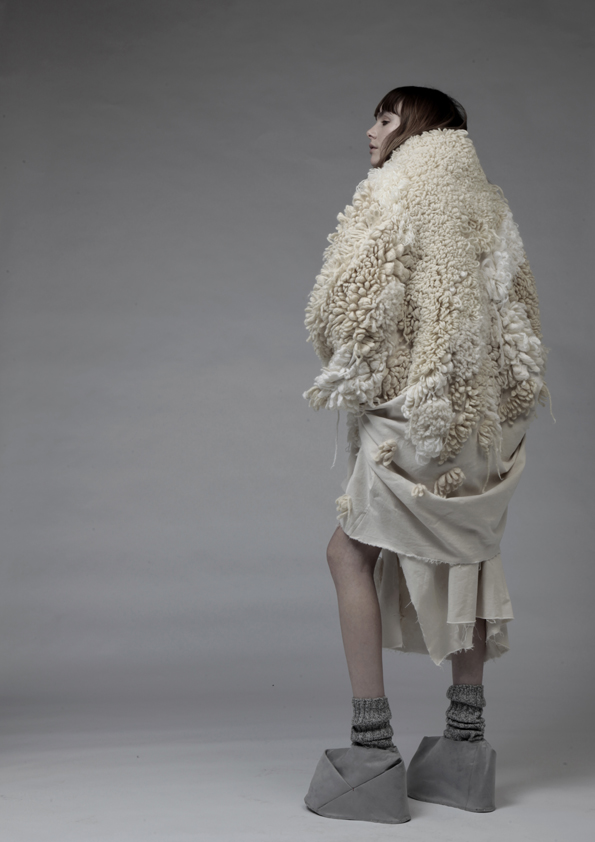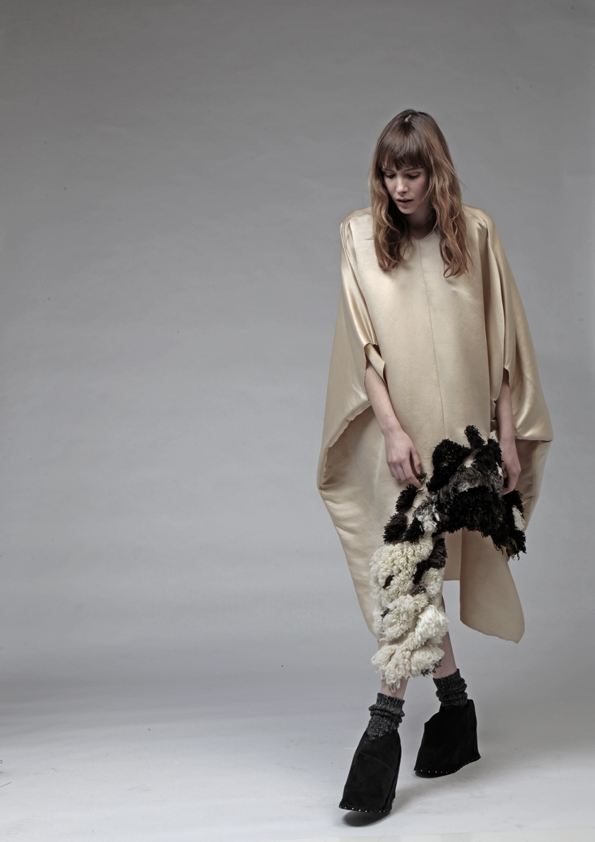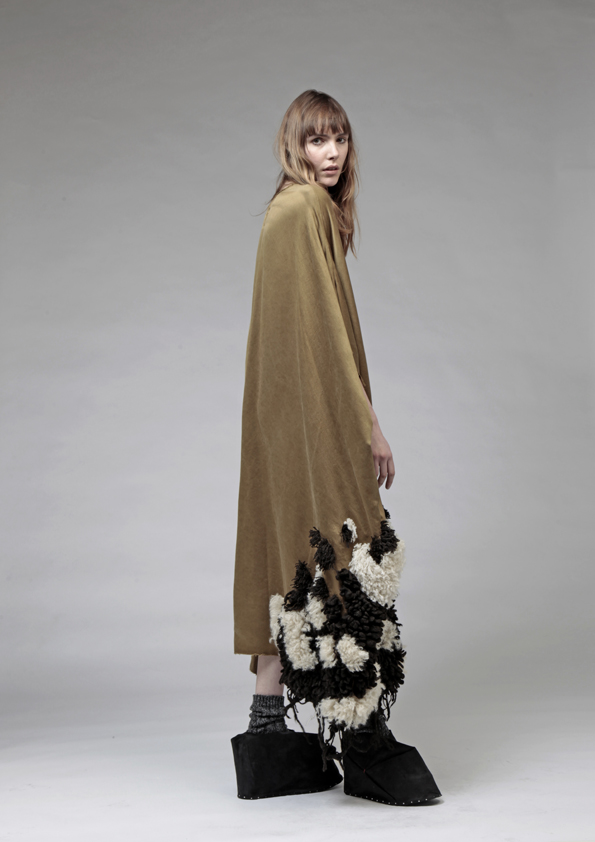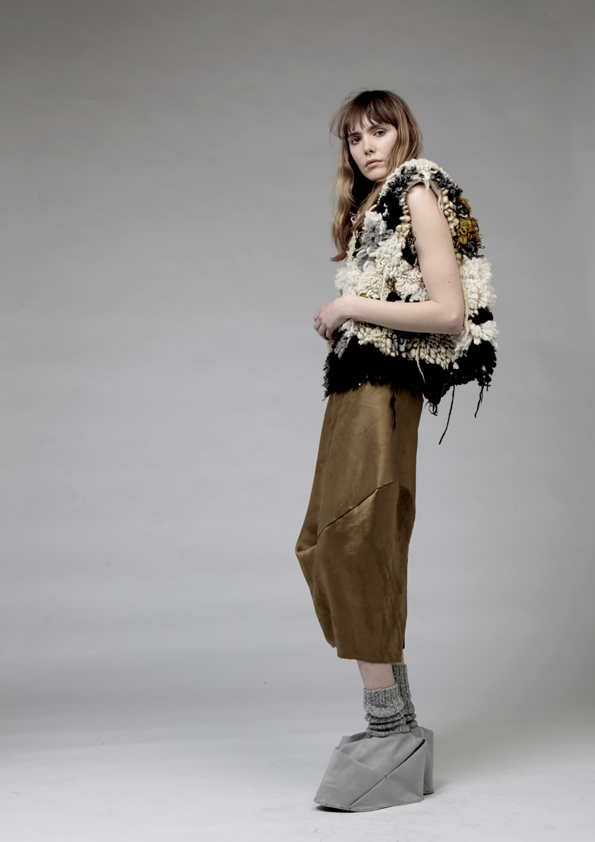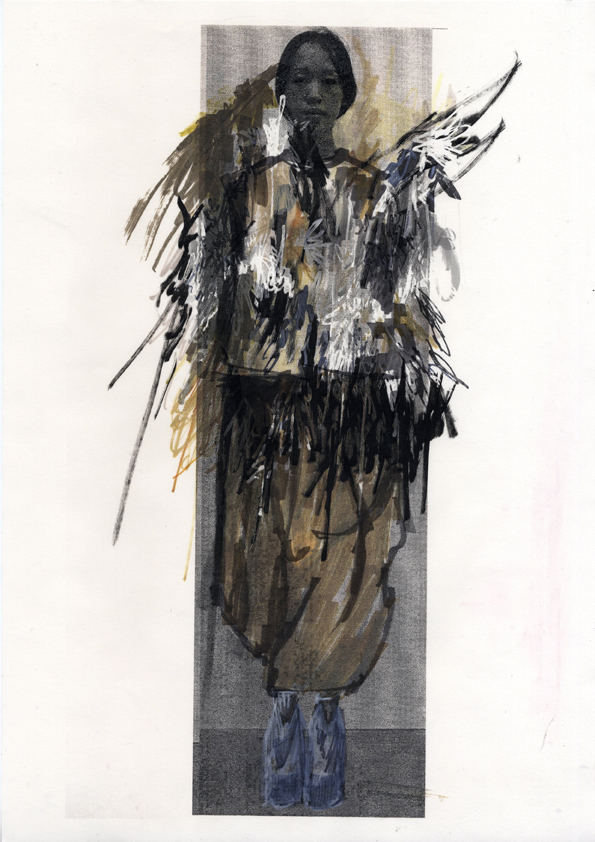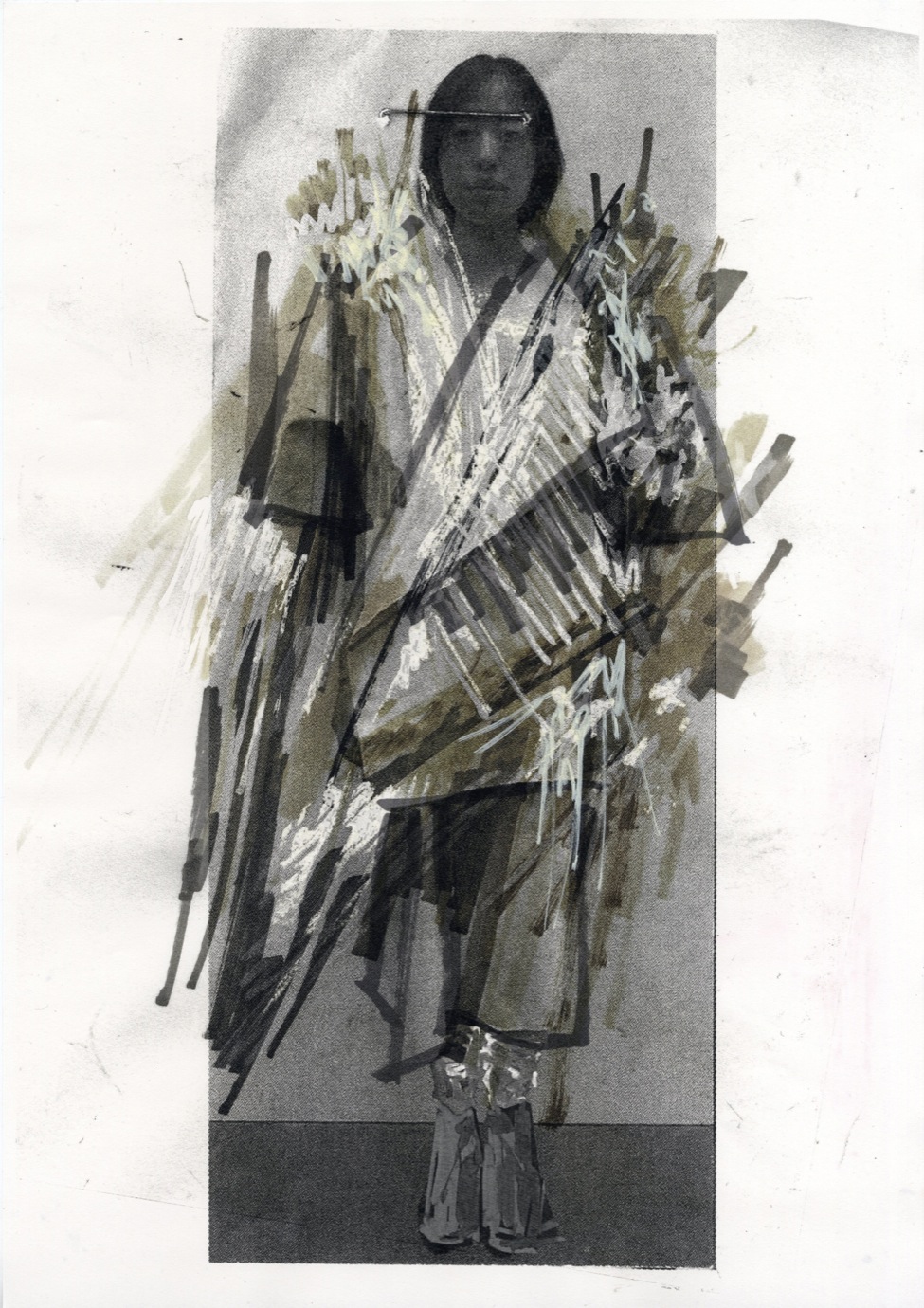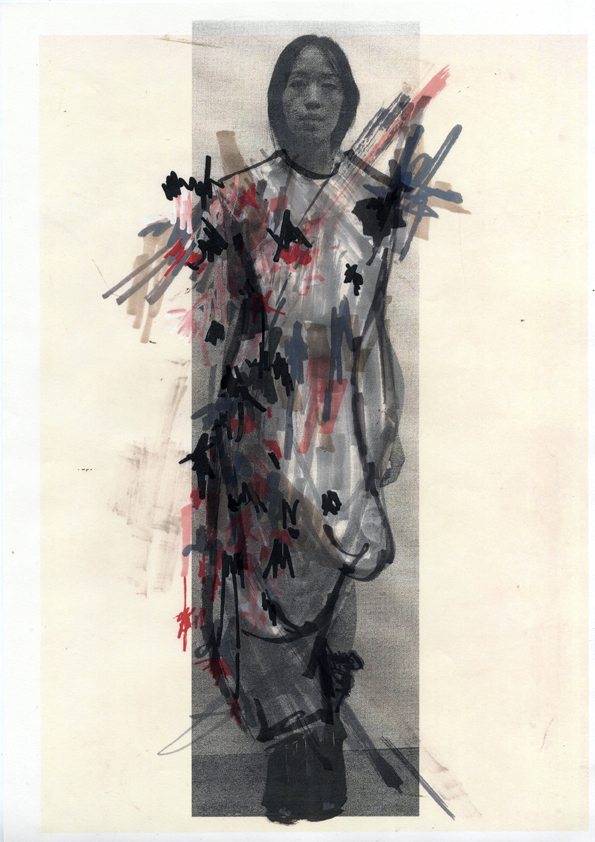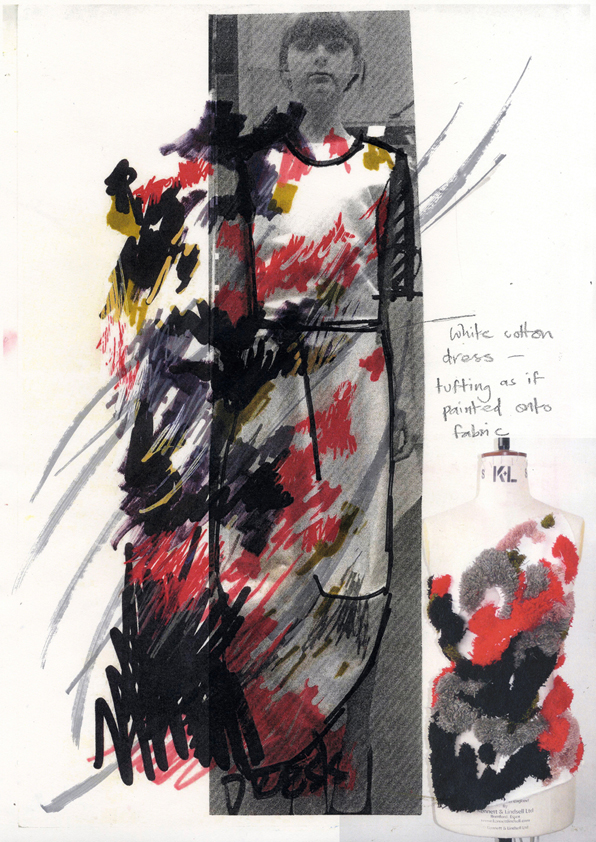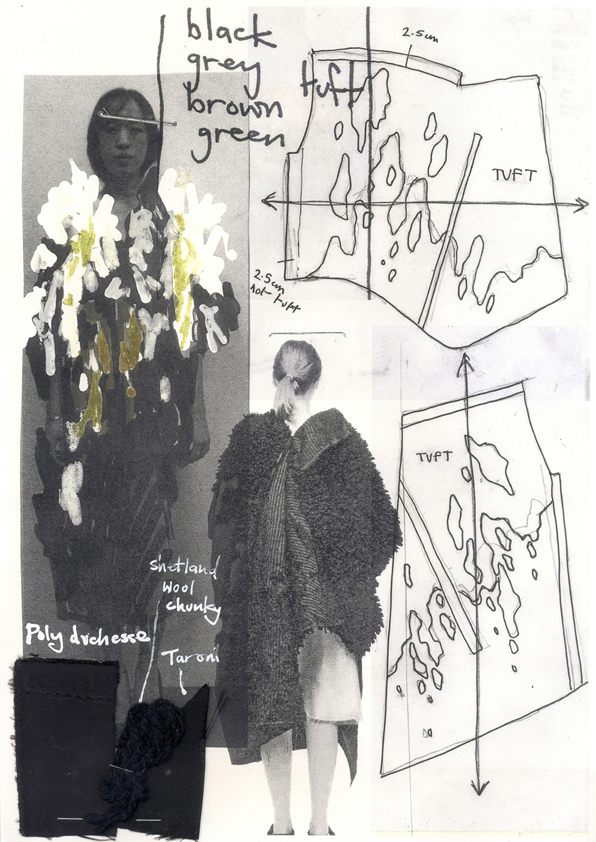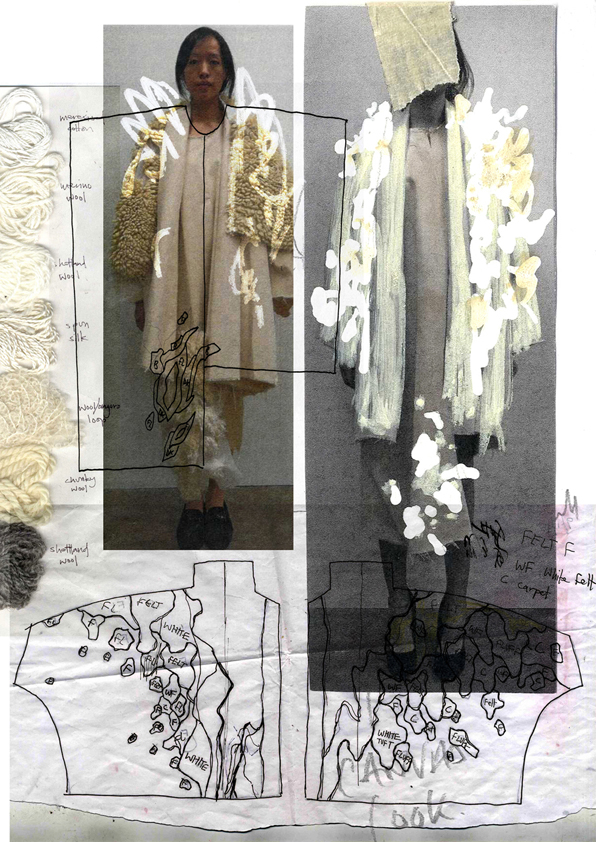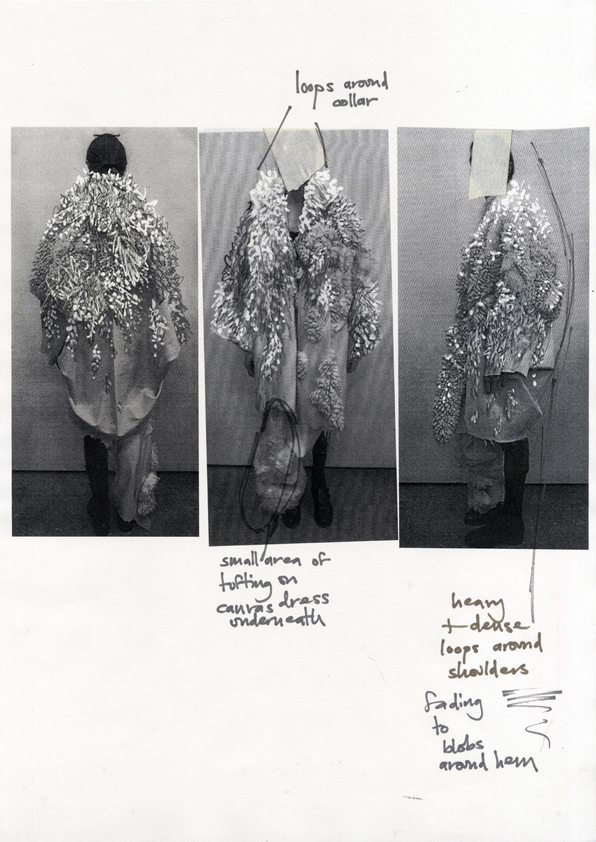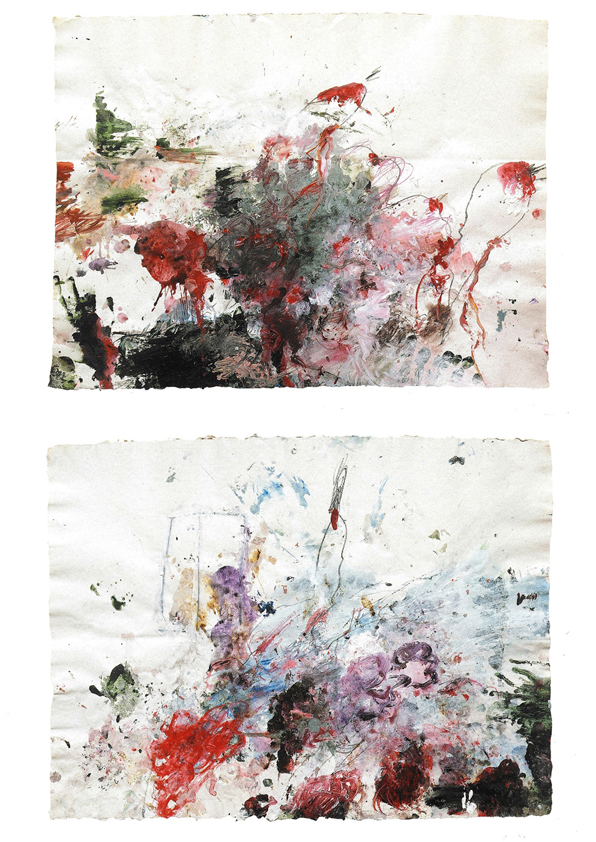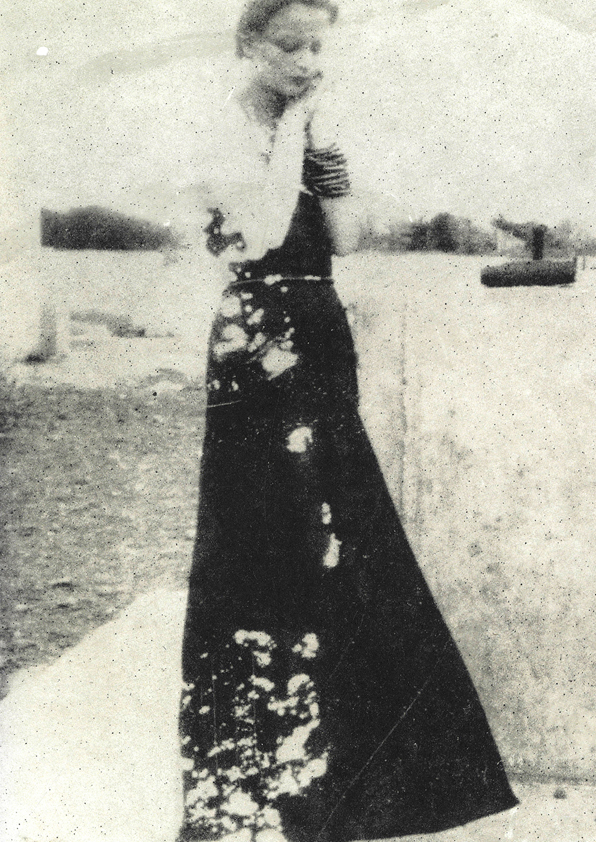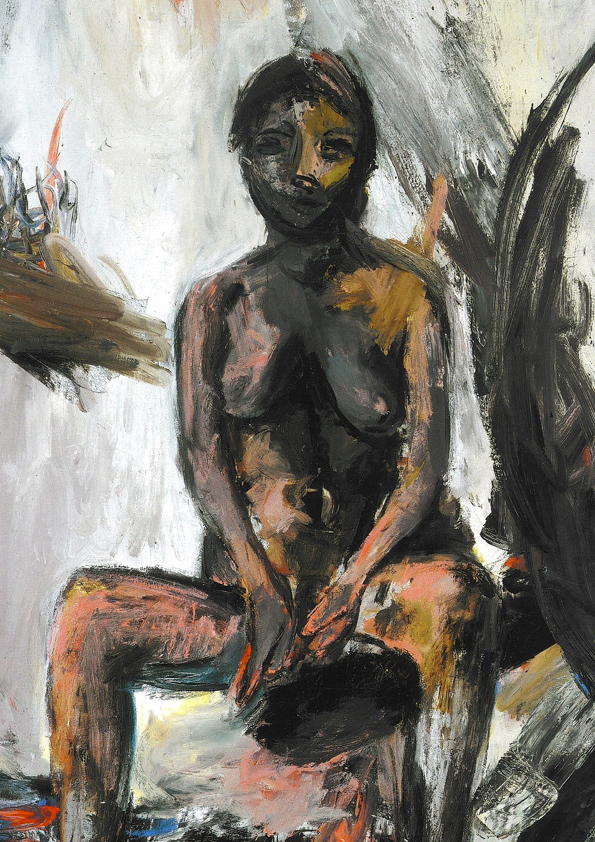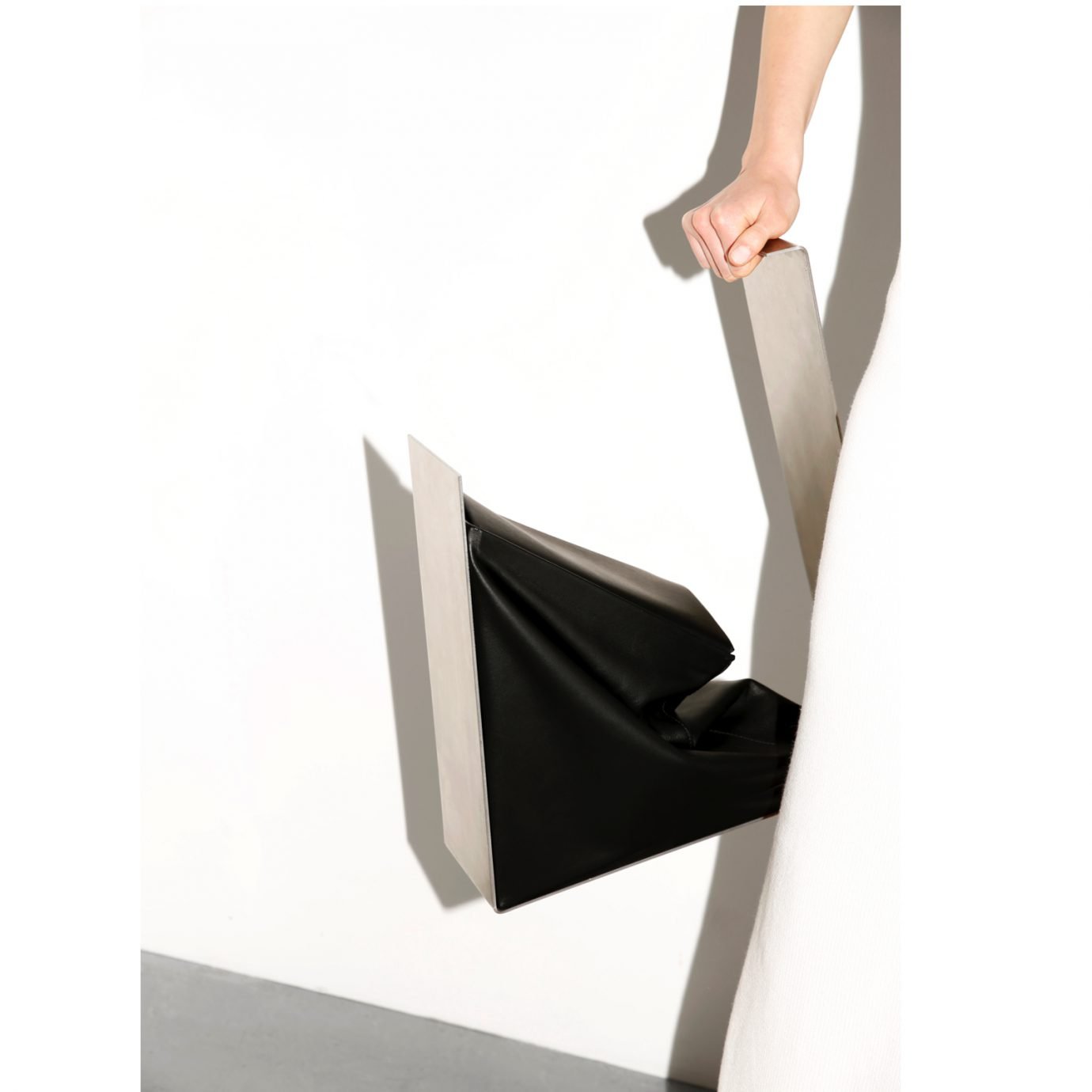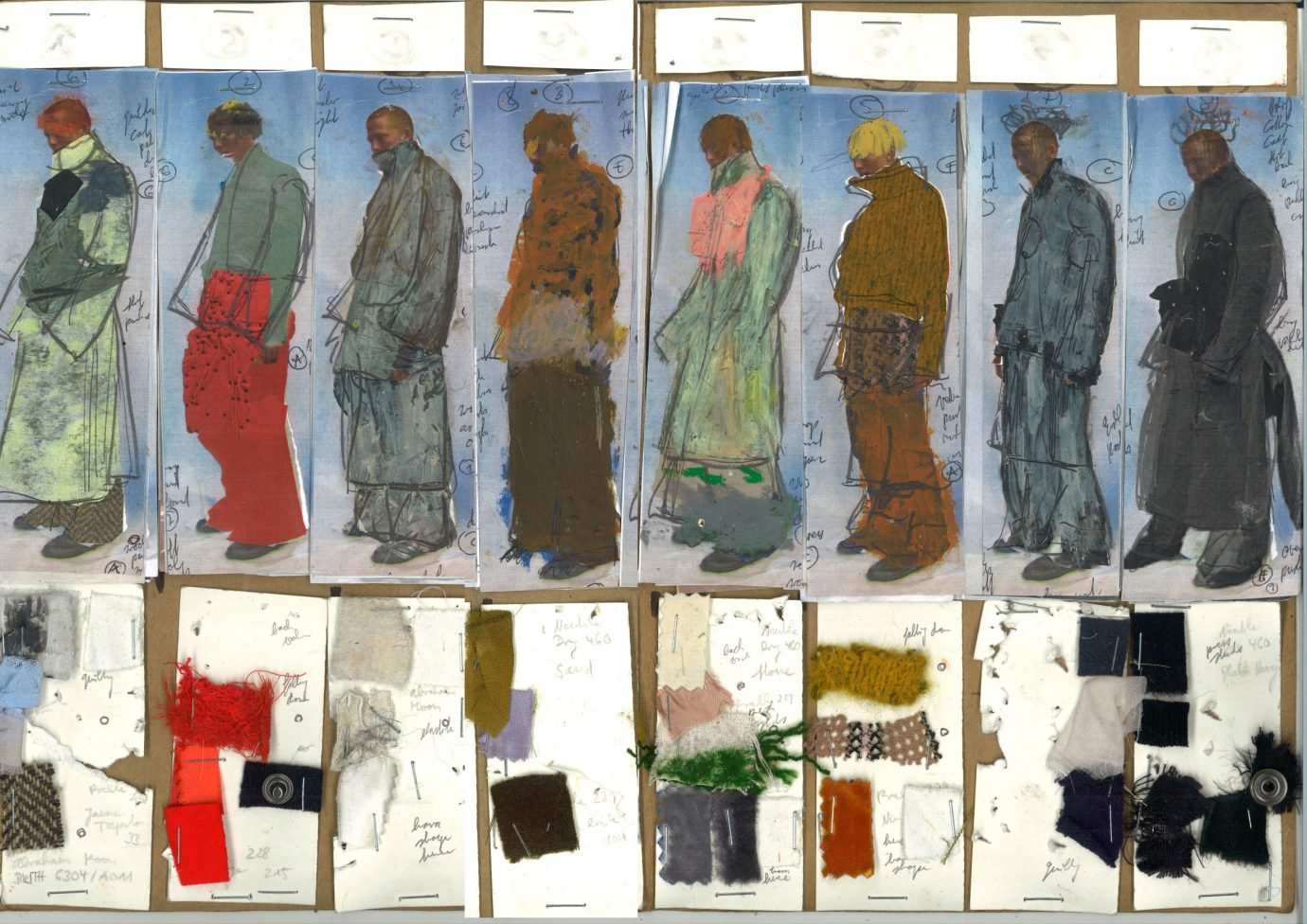“YOU NEED TO GET YOUR HEAD TOGETHER.”
Despite his capabilities, Paul took an interest in fashion very late in his education. He emphasises exactly how small the North Scottish island he comes from is, as we meet him to discuss his graduating collection. “Fashion just wasn’t something that existed for me,” he remembers. “Clothes that people wore were more for utility and workwear, and they weren’t something that you considered in your daily routine.” However, as he relocated to Glasgow to study Painting, he “embraced” fashion, eventually switching courses to study Menswear Print. “I didn’t really enjoy painting very much because I didn’t feel like I was learning practical skills. I thought I’d be learning how to paint, but it was more about deep internal thoughts. What I wanted to do was creating something that someone else could get some pleasure from.” His switch to design was a success, eventually leading him to apply to the prestigious MA course at Central Saint Martins (partially also because of significant anxiety about not getting a job post-graduation). “I felt like I wasn’t finished learning,” he explains. “I wanted to have a collection of clothes — that’s why the MA Textiles is good if you’re using textiles — you’re going to end up with a portfolio of garments, which really appealed to me. And also, it’s the best course in the country, as far as I’m concerned.”
Paul is quick to admit the intensity and pressure of the first few months at CSM. His small portfolio of textile samples from a small peripheral school seemed suddenly insufficient, and he had to adjust, rapidly. However, the pressure led to Paul working out of fear, producing scattered and unfocused work in his first year. He decided to take a year out. “I was so scared I was going to fail, that I was going to fuck it up, and I just didn’t want to. I’m so glad I took that year out. You need to get your head together.”

